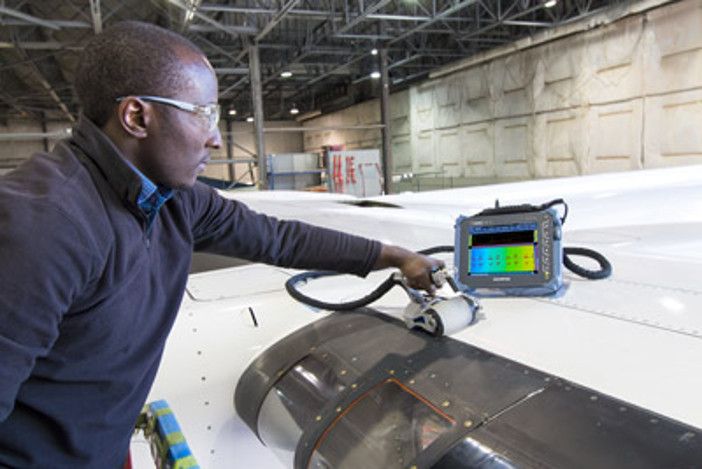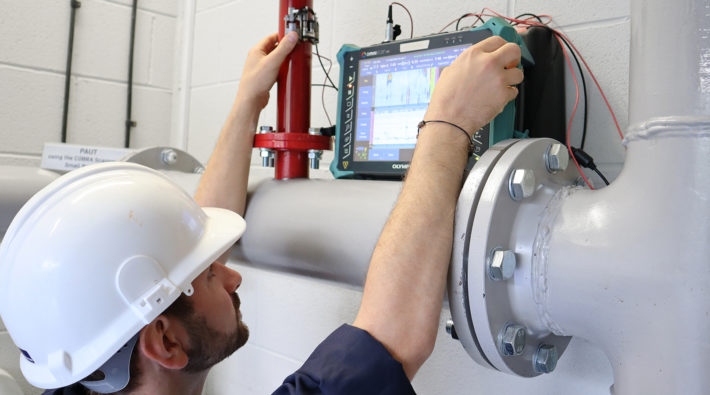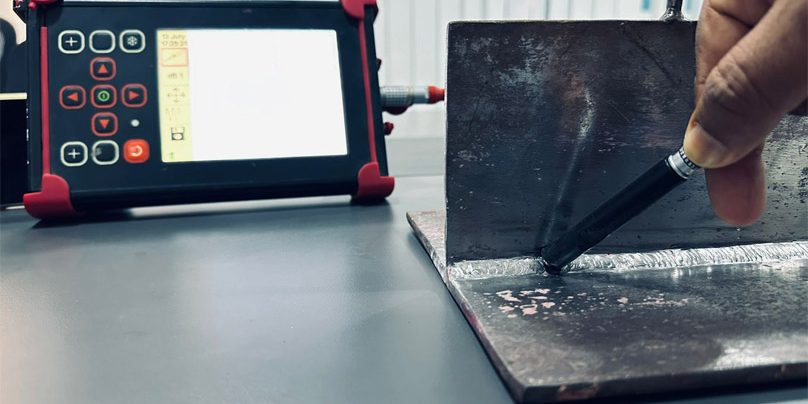In today’s fast-paced industrial environment, ensuring that systems operate smoothly and efficiently is paramount. One of the key aspects of maintaining such efficiency is through the use of vibration signal synchronization methods. Understanding and applying these methods can lead to significant improvements in the performance and reliability of various industrial equipment.

What are Vibration Signal Synchronization Methods?
Vibration signal synchronization methods involve aligning the vibration signals from different sources or points within a system to ensure that they are in phase with each other. This alignment helps in analyzing the condition of the equipment accurately.
Importance of Synchronization in Vibration Analysis
Synchronization in vibration analysis is crucial as it allows for more precise diagnostics and maintenance of machinery. By ensuring that signals are synchronized, anomalies and potential issues can be detected much earlier, reducing downtime and maintenance costs.
How Vibration Signal Synchronization Works
Synchronization works by using reference points or signals to align the phase and frequency of the vibration signals from different sources. This can be achieved through various technologies and methods, which we will explore further.
Methods of Vibration Signal Synchronization
1. Time-Domain Synchronization
In time-domain synchronization, signals are aligned based on their time of occurrence. This method is particularly useful in systems where the timing of events is critical.
2. Frequency-Domain Synchronization
This method involves aligning signals based on their frequency components. It is widely used in applications where frequency analysis is more crucial than timing.
3. Phase Synchronization
Phase synchronization focuses on aligning the phase of vibration signals. This method is essential in applications where phase shifts can indicate potential issues.
4. Wireless Synchronization
With the advancement of wireless technology, wireless synchronization has become increasingly popular. It allows for easier and more flexible deployment of synchronization systems in complex environments.
Applications of Vibration Signal Synchronization
Enhancing Equipment Performance
By applying vibration signal synchronization methods, industries can significantly enhance the performance of their equipment. This is achieved by ensuring that all parts of a system are working in harmony, reducing wear and tear and extending the lifespan of machinery.
Improving Safety Standards
Synchronization plays a critical role in improving safety standards within industrial environments. By accurately detecting and diagnosing faults, potential hazards can be mitigated before they result in accidents.
Optimizing Maintenance Procedures
With synchronized vibration signals, maintenance procedures can be optimized, reducing the time and resources required for repairs and inspections. This leads to more efficient operations and reduced operational costs.
Challenges in Implementing Synchronization Methods
Technical Complexities
Implementing vibration signal synchronization methods can be technically challenging, requiring specialized knowledge and equipment.
Cost Considerations
The cost of implementing these methods can be a barrier for some industries, especially smaller ones with limited budgets.
Future of Vibration Signal Synchronization
Technological Advancements
As technology continues to advance, we can expect to see more efficient and cost-effective solutions for vibration signal synchronization. Innovations such as AI and machine learning are likely to play a significant role in the future of this field.
Increasing Adoption Across Industries
With the growing recognition of the benefits of synchronization, more industries are expected to adopt these methods, leading to widespread improvements in industrial processes.
Conclusion
In conclusion, vibration signal synchronization methods are essential for enhancing the performance and reliability of industrial equipment. By understanding and applying these methods, industries can achieve significant improvements in efficiency, safety, and cost-effectiveness.

FAQs
What is the main purpose of vibration signal synchronization?
The main purpose is to align vibration signals from different sources to improve the accuracy of diagnostics and maintenance of machinery.
What are the challenges in implementing these methods?
The main challenges include technical complexities and the cost of implementation.
How do technological advancements impact vibration signal synchronization?
Technological advancements are expected to provide more efficient and cost-effective solutions, enhancing the adoption and effectiveness of synchronization methods.
For more insights on this topic, you can visit Key Factors for Determining Inspection Frequency.
To learn more about specific synchronization techniques, you might find this article on Synchronization Between Sensors helpful.
This article contains affiliate links. We may earn a commission at no extra cost to you.
